"עלי לנבור בו, לנבור בו": אנתרופוקן, ספרות ואסתטיקה של אשפה
טפת הכהן ־ביק
מאמר זה יוצא מתוך הנחה שהאשפה היא חומר חשוב להבנת העידן שאנו חיים בו, ושהמחשבה עליה חשובה דווקא מתוך פרספקטיבה אסתטית. בעידן זה, המייצר זבל כה רב עד שאי־אפשר עוד לדחוק ולהדחיק אותו, האשפה פולשת גם אל הספרות והאמנות. טענתי היא כי בעידן האשפה, בעידן של יצרנות שאינה פוסקת, הולך ונפרם אותו טעם אסתטי שנראה לנו עד לא מכבר מובן מאליו ונטול מקור. ומתוך הפרימה הזאת עולות שאלות: מה יפה? מה הרוס? מה מלוכלך ודוחה? מהו, בעצם, זבל?
נקודת המוצא של המאמר היא כי הפּנִייה אל האשפה מאפשרת היחלצות כפולה – משיח הניקיון והאסתטיקה המודרנית, אך גם משיח סביבתי פנטסטי על טבע ירוק ובתולי. "היהודי המלוכלך" מתואר כמי שעומד בניגוד לתפיסות אסתטיות וכמי שמנוכר לטבע ולחיים, ולכן הדימוי הספרותי של היהודי מאפשר לבחון את המפגש בין שיח הניקיון ובין הטבע. במאמר אני בוחנת טקסטים מתקופות שונות בספרות העברית שהעמידו במרכזם את האשפה – סיפור מן החיבור הימי־ביניימי בן המלך והנזיר, ולצידו טקסטים מן הספרות הישראלית העכשווית: שני סיפורים של רחל חלפי והספר בעין החתול של חביבה פדיה. המבט הרחב על מקומה של האשפה בספרות העברית מאפשר להציע תיאוריה של כתיבת אשפה ולעמוד על התגברות העיסוק באשפה בספרות העברית מאז שנות השמונים.


